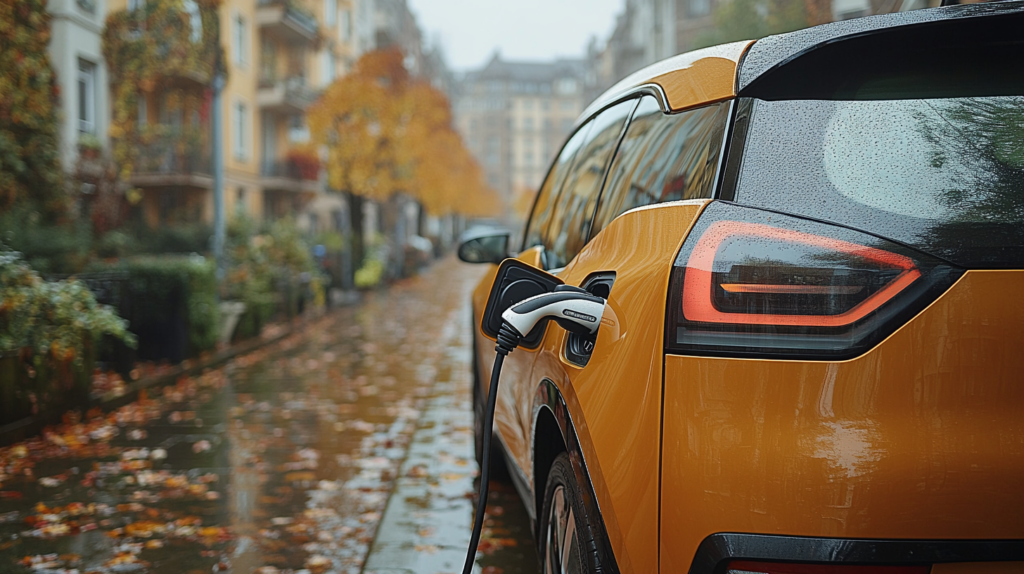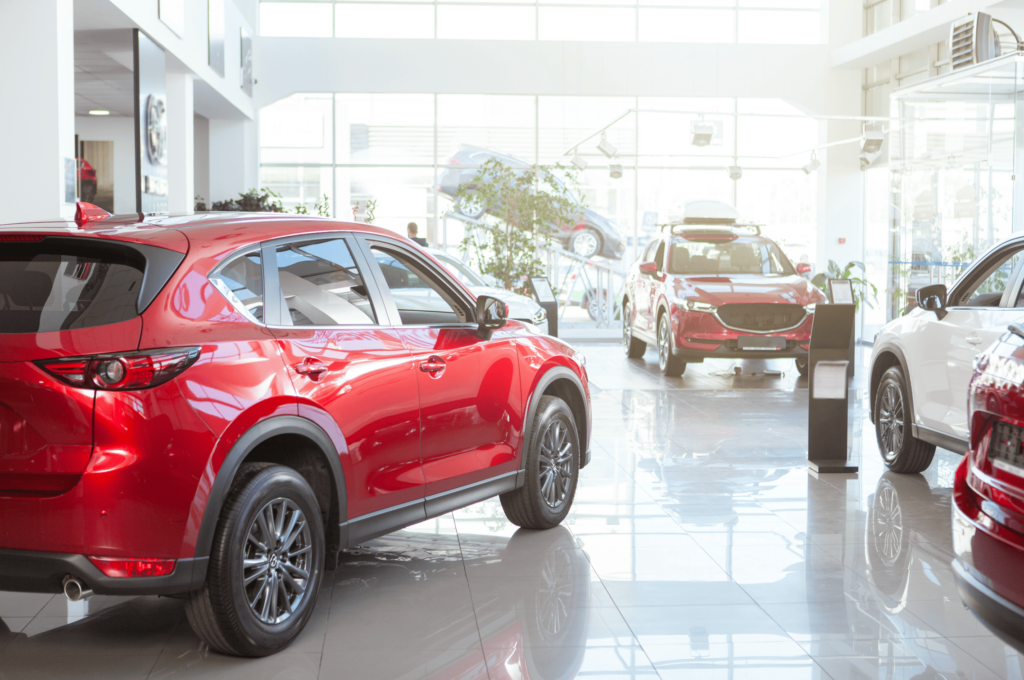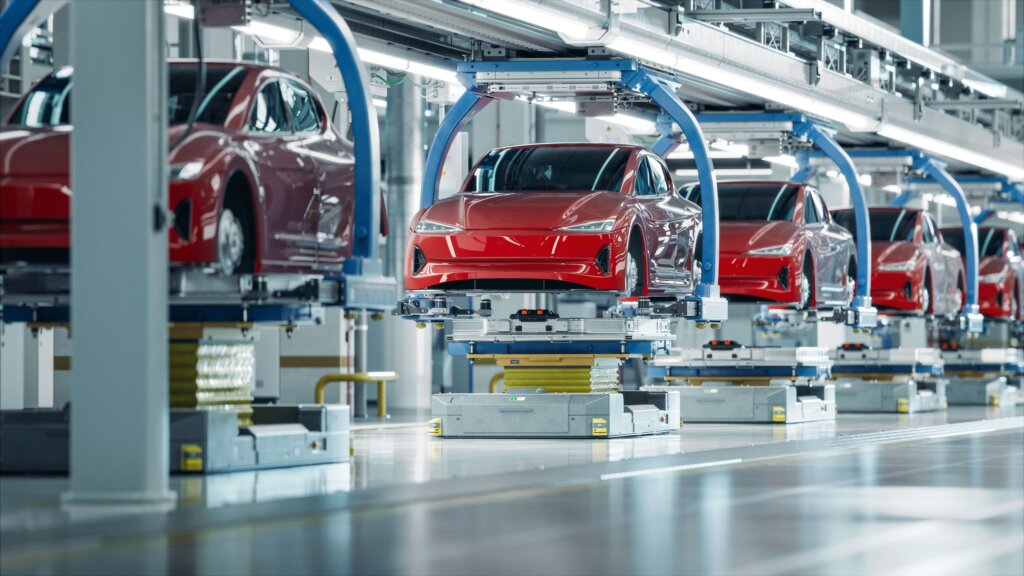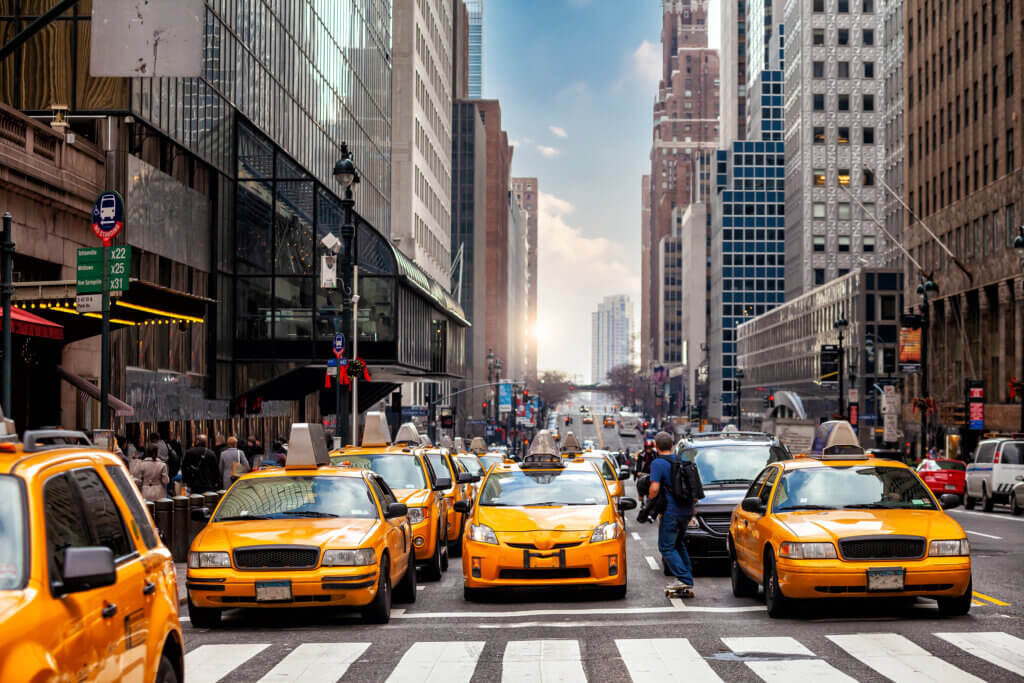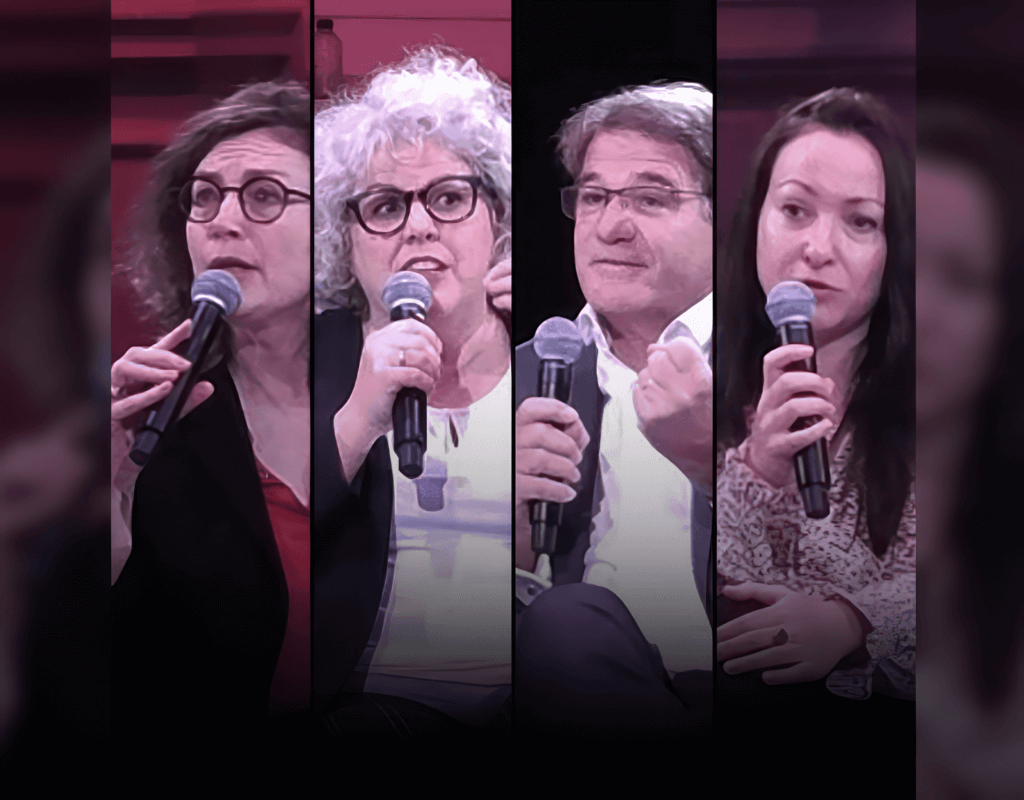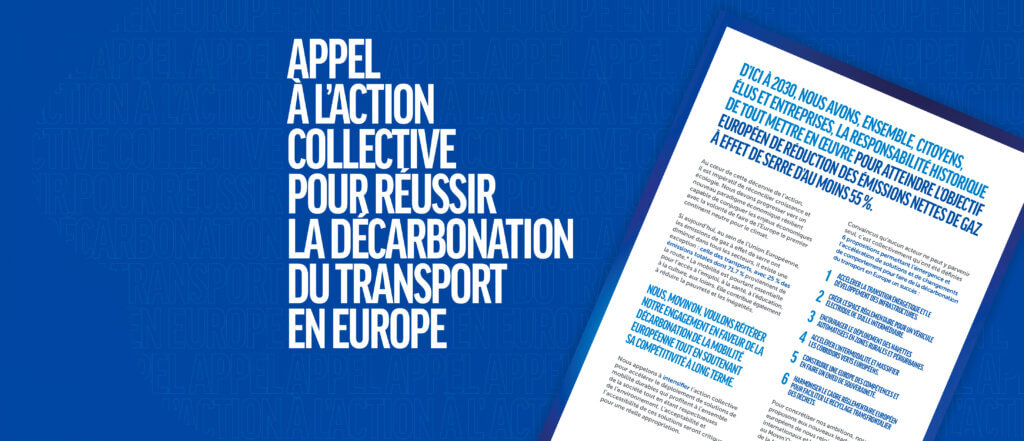Barriers to disabled travel eased in 15-minute cities
People living with disabilities often have to make difficult decisions between living close to transit and services, and living in places they can better afford. Now cities around the world are decentralizing, enriching neighborhoods so that residents can find whatever they need – pharmacy, school, grocery, green space – within a 15-minute walk from home.
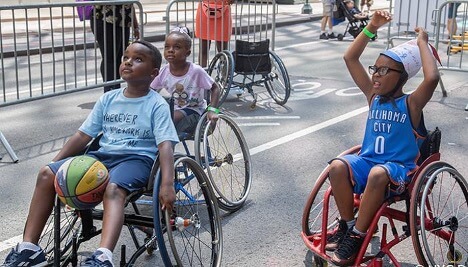
Seattle, Washington resident Anna Zivarts was born with a genetic condition – she cannot control the movements of her eyes. On their own, they move up and down, side to side, or in a circle, a condition called nystagmus or dancing eyes. Zivarts is not legally blind, but she can’t drive, read most signs, or distinguish faces across a room.
This disability hasn’t kept her from holding a job, though, and so she needs transportation. A communications strategist, Zivarts directs the Disability Mobility Initiative, a program at Disability Rights Washington. She and her team have spent the last six months interviewing people who can’t and don’t drive to understand unmet mobility needs.
“Seattle is a transit and walking paradise compared to the surrounding exurbs and rural areas that are absorbing everyone who can no longer afford a million-dollar mortgage. And even the “affordable” cities in my state are too expensive if you’re a student or are living on Social Security disability benefits,” Zivarts wrote in a Bloomberg article in 2021.
“In interview after interview, people shared how often they have had to make difficult decisions between living closer to transit and services, and living in places they could more easily afford,” Zivarts wrote.
“Disabled people with economic privilege like myself choose to live in areas with good sidewalks, bus and light rail service. But many people I spoke with could only afford to live in exurbs that lacked sidewalks and regular fixed-route transit service. Some found themselves priced out into rural areas no longer served by paratransit; they rely on family and friends or charity rides to the doctor,” she explained.
Zivarts has pinpointed one of the limiting factors to mobility for the millions of people struggling with the inability to move around easily and painlessly – sidewalks.
Sidewalks with broken surfaces, narrow widths, and illegally parked vehicles discourage walking and cycling. Most urban planners aim to enhance the quality of city sidewalks to create enjoyable public spaces where people want to spend time.
Public sidewalks should be accessible to all, including wheelchair users, pregnant women, the elderly and others with special mobility needs. A sidewalk that is intuitive and easy to use incorporates curb ramps, tactile surfaces to help people with impaired vision, and a slope that isn’t too steep.
The condition of sidewalks can mean the difference between going out and staying home for disabled people. An estimated 25.5 million Americans have disabilities that make traveling outside the home difficult. They accounted for 8.5 percent of the population age five and older in 2017, according to the U.S. Bureau of Transportation Statistics.
Functional Sidewalks Enable Walkable Cities
At the Universitat Oberta de Catalunya in Barcelona, Spain, a team of three researchers from the Complex Systems group of the Internet Interdisciplinary Institute: Daniel Rhoads, Albert Solé Ribalta and Javier Borge Holthoefer are focusing on the role of sidewalks in providing “proximity to services” that people with disabilities need.
“Neither artificial intelligence nor the metaverse will define the cities of the future,” the three scientists wrote in the peer-reviewed journal “Computers Environment and Urban Systems” in an article titled, “The inclusive 15-minute city: Walkability analysis with sidewalk networks.”
“Instead,” they wrote, “everything points to it being something as matter of fact as proximity to services. This is what’s known as the 15-minute city, and work is already being carried out on it in cities like Barcelona, Paris, Bogota, Shanghai and Melbourne.”
“We have developed a flexible framework to test the robustness of city sidewalk networks in relation to residents’ diverse mobility constraints and have applied it to Barcelona,” Rhoads said. But “even a pedestrian-friendly city like Barcelona does not hold up to the 15-minute city when moderate physical limitations are taken into account.”
“For the last 100 years, humankind has created cities designed for travelling by car. Now, they’re beginning to be adapted for moving around by foot, putting the emphasis on sidewalks,” Rhoads said.
“For instance, someone in a wheelchair requires at least two meters width and slopes that are not in excess of two degrees,” said Rhoads. “By focusing our analysis on any point in the city, we can ascertain how many key services can be accessed by someone within a 15-minute walk, under any combination of conditions.”
15-minute City Excites, Inspires Planners
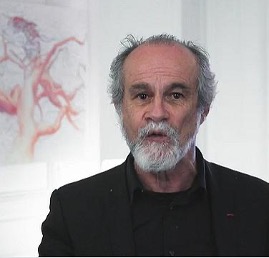
“This is a quite recent idea put forward by the urbanist Carlos Moreno, a Paris-based Colombian, in which cars are kept away from the city’s center,” said Rhoads.
The 15-minute city is an urban-planning strategy created by Moreno, associate professor at IAE Paris Sorbonne Business School. He introduced the idea at the United Nations COP21 summit in 2015, where the Paris Agreement on climate was adopted.
In Moreno’s 15-minute city, inhabitants have access to all the services they need to live, learn and thrive within their immediate vicinity. Moreno’s ideas focus on making urban areas adapt to humans, rather than forcing humans to adapt to uncomfortable or difficult urban areas.
While one of the primary goals of the 15-minute city idea is to reduce automobile travel, Moreno says he is not in a fight against cars.
“MY FIGHT IS HOW COULD WE IMPROVE THE QUALITY OF LIFE – AND TO IMPROVE THE QUALITY OF LIFE WE NEED A CITY WITHOUT ZONIFICATION WITH A LOT OF LOCAL SERVICES, WITH MORE NATURAL ECOLOGY FOR REDUCING OUR CO2 EMISSIONS, TO HAVE MORE ECONOMICAL ACTIVITIES AND TO DEVELOP MORE SOCIAL INCLUSION, CULTURE, EDUCATION AND PUBLIC SPACE. … IN REAL LIFE 15-MINUTE CITIES ARE BEING IMPLEMENTED.”
– Professor Carlos Moreno, Sorbonne University
The C40 Cities organization, a network of cooperating cities around the world has issued a series of connected articles that serves as a guide for aspiring cities, “How to build back better with a 15-minute city,” authored by the C40 Cities Climate Leadership Group.
“A 15-minute city vision is usually established at the mayoral level and can be linked to a transit-oriented development plan, urban development plan or equivalent land-use plan. Taking a participatory, inclusive approach to this process is important to ensure the plan is grounded in the city’s realities and has a broad base of support,” writes the C40 Cities Climate Leadership Group.
The 15-minute city is a complementary approach to transit-oriented development, states the C40 Cities group. “Transit-oriented development promotes denser, mixed-used development around public transport services, enabling a large-scale shift away from reliance on private vehicles. Even in a successful 15-minute city neighborhood, fast, frequent and reliable public-transport connections to other neighborhoods and centres of work remain important to enable car-free access to jobs, friends and family, entertainment and more in other parts of the city.”
Enriching the Neighborhoods
As cities experiment with converting to 15-minute cities, the C40 Cities Climate Leadership Group advises that one of their most important characteristics should be shops selling fresh food in all neighborhoods, eliminating food deserts.
Cities must also update plans and zoning to ensure that they require critical public services, infrastructure and green space to be accessible to all residents at the neighborhood level, and promote affordable housing in each neighborhood.
This may mean ensuring the zoning codes allow for retail premises to open on the ground floor of every neighborhood’s main street. Green space can be expanded by transforming abandoned lots, schoolyards, parking spaces and road space into small parks. Mixed-use zoning can ensure a diversity of residential types, small-scale offices, repair shops, light industrial spaces, community gardens.
Many cities are moving to enrich their neighborhoods, so they, too, are closer to becoming 15-minute cities.
The 15-minute city vaulted into the public eye when Paris Mayor Anne Hidalgo made it a priority of her successful 2020 re-election campaign. For her, pedestrian and cycle-centered design is the future rather than a continuing reliance on private vehicles. She wants to reduce the number of cars in the French capital.
“MY PROJECT IS ABOUT PROXIMITY, PARTICIPATION, COLLABORATION AND ECOLOGY. IN PARIS WE ALL FEEL WE HAVE NO TIME, WE ARE ALWAYS RUSHING TO ONE PLACE OR ANOTHER, ALWAYS TRYING TO GAIN TIME. THAT IS WHY I AM CONVINCED WE NEED TO TRANSFORM THE CITY SO PARISIANS CAN LEARN, DO SPORTS, HAVE HEALTHCARE, SHOP, WITHIN 15 MINUTES OF THEIR HOME. THIS WILL TAKE PARIS INTO THE FUTURE.”
– Anne Hidalgo, Mayor of Paris
Paris is building its first zero-carbon neighborhood, with 100 percent of the spaces designed to be reversible and adaptable for different uses over time. The approach is designed to cut air pollution and hours lost to commuting, improve Parisians’ quality of life, and help the city achieve its plan to become carbon neutral by 2050.
Mayor Hidalgo’s plans include installing a cycle path on every street and bridge – enabled in part by turning over 70 percent of on-street car parking space to other uses – increasing office space and co-working hubs in neighborhoods that lack them, expanding the uses of infrastructure and buildings outside of standard hours, encouraging people to use their local shops and creating small parks in school playgrounds that would be open to local people outside of school hours to combat the city’s lack of public green space.
Elsewhere in Europe, Milan has cited the 15-minute city as a framework for growth, aiming to guarantee that essential services, particularly healthcare facilities, are within walking distance for all residents. Milan aims to create 35km of new bike lanes and pedestrianize several school streets. The city is allowing some shops, bars and restaurants to use street space to serve customers outside. Madrid and Edinburgh are taking similar approaches.
In the United States, many public schools in New York City allow food stalls and farmers markets to use their parking lots and schoolyards on weekends.
A walkable master plan, designed as a 15-minute city, for Astoria, Queens plans for mid-rise apartment blocks to be built around a park, replacing the current parking lots and industrial buildings. The master plan was approved late in 2022 by the New York City Council.
And this summer New York is hosting the largest Summer Streets program since it was launched in 2008. This year New York closes 20 miles of selected streets to cars and opens them for walkers, runners, and cyclists. In 2023, Summer Streets will be on July 29, August 5, 12, 19 and 26 from 7am to 1pm.
Mayor Eric Adams said. “This is a bold new vision for public space in New York City – a bold new way of empowering residents, supporting local businesses, and creating open spaces. Every single New Yorker deserves access to safe, free, open space.”
Houston, Texas has proposed a Walkable Places ordinance to create six distinct central business districts, to reduce commuter traffic across the city.
Portland, Oregon, the 2015 Portland Climate Action Plan sets a 2030 Complete Neighborhoods goal for 80 percent of residents to be easily able to access all their basic daily non-work needs by foot or bike, and to have safe pedestrian or bicycle access to transit. The Plan prioritizes underserved, low-income neighborhoods.
In China, Shanghai and Guangzhou have included 15-Minute Community Life Circles in their master plans. Chengdu has a Great City plan to create a smaller, distinct satellite city in its outskirts, where everything will be within a 15-minute walk of the pedestrian center and connected to current urban centers with public transit.
In Australia, Melbourne’s plan for 2017-2050 is guided by the principle of 20-minute neighborhoods, giving people the ability to meet most of their daily needs within a 20-minute return walk from home with safe cycling and transport options.
In Canada in December 2019, Ottawa approved a 25-year urban intensification plan to create a community of 15-minute neighborhoods, aimed at turning the Canadian capital into North America’s most liveable mid-sized city, while planning for a population that is expected to at least double in size from the 1.37 million residents at the time.
The C40 Cities Climate Leadership Group supports the 15-minute city planning concept, saying, “It will help to reduce unnecessary travel across cities, provide more public space, inject life into local high streets, strengthen a sense of community, promote health and wellbeing, boost resilience to health and climate shocks, and improve cities’ sustainability and liveability.”
Toute l’actualité de Movin’On
dans votre boîte mail
Auteur
Partager
Tweets de @movinonconnect
Movin'On 2035 TODAY EP02 - Circular Economy & Competitivity
Movin’On 2035 TODAY EP01 – Fair Mobility for All https://x.com/i/broadcasts/1yNxagBrWZbGj
✨ THAT'S A WRAP!
Movin'On Summit 2024 has just concluded in Brussels!
More than 350 leaders and experts in sustainable mobility gathered to exchange ideas, collaborate, and share their vision for desirable and decarbonised mobility in Europe. Together, we explored ways to build…
🔴 Live from #MovinOnSummit2024
@AshaSumputh has just invited Denis Machuel, CEO at @AdeccoGroup and Florent Menegaux, President of the @Michelin Group & President of Movin'On
L’actualité de la mobilité durable
Découvrez les dernières tendances, des analyses thématiques et nos prochains rendez-vous

